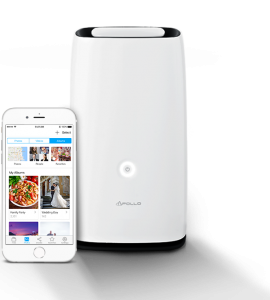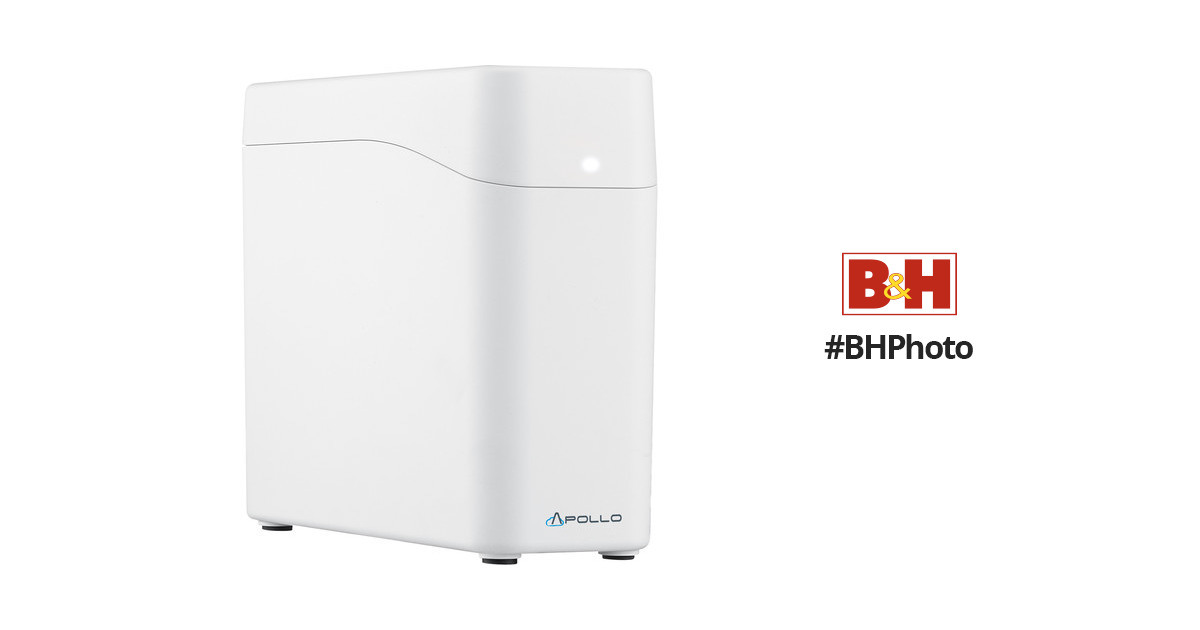
Traveling at tens of thousands of miles per hour, the object disintegrates as pressure exceeds the strength of the object, resulting a bright flare. Most space rocks smaller than a football field will break apart in Earth’s atmosphere. ** Estimated rate per hour in under perfect conditions, based on activity in recent years Finding Meteorites * For observers in the northern hemisphere. Sometimes, meteor dust is captured by high-altitude aircraft and analyzed in NASA laboratories. Most of this comet debris is between the size of a grain of sand and a pea and burns up in the atmosphere before reaching the ground. Other notable meteor showers include the Leonids, associated with comet Tempel-Tuttle the Aquarids and Orionids, linked to comet Halley, and the Taurids, associated with comet Encke. Every Perseid meteor is a tiny piece of the comet Swift-Tuttle, which swings by the Sun every 135 years. Perhaps the most famous are the Perseids, which peak around August 12 every year. Meteor showers are usually named after a star or constellation that is close to where the meteors appear to originate in the sky. Some meteor showers occur annually or at regular intervals as the Earth passes through the trail of dusty debris left by a comet (and, in a few cases, asteroids). When there are lots more meteors, you’re watching a meteor shower. Several meteors per hour can usually be seen on any given night.

When a meteoroid survives its trip through the atmosphere and hits the ground, it’s called a meteorite. This is also when we refer to them as “shooting stars.” Sometimes meteors can even appear brighter than Venus - that’s when we call them “fireballs.” Scientists estimate that about 48.5 tons (44,000 kilograms) of meteoritic material falls on Earth each day. When meteoroids enter Earth’s atmosphere, or that of another planet, like Mars, at high speed and burn up, they’re called meteors. Some meteoroids are rocky, while others are metallic, or combinations of rock and metal.

Some come from comets, others from asteroids, and some even come from the Moon and other planets. Most are pieces of other, larger bodies that have been broken or blasted off. Now the application can be used.NASA astronomer Peter Jenniskens with a asteroid meteorite found in the Nubian Desert of northern Sudan. Click on Continue to accept the app privacy policy, terms and conditions.

Once installed, running WD App will prompt a Welcome! screen.The WD App's icon will now appear in the Start Screen.
#Apollo cloud windows 10 discovery install#
The application will install itself, and a notification will appear on the top left corner of the screen when the installation is completed.Enter a valid username and password, then click on Save. Microsoft account credentials may be requested in order to proceed with the app installation.The WD App Overview, Details and Reviews will open up, providing information about the application.From the resulting list, select the WD app. While on the Start Screen, type wd and select the option for Store, so the search scans the Windows app store instead of apps or files in the local system.Go to the Start Screen (formerly known as Metro Start Screen).
#Apollo cloud windows 10 discovery windows 8#
Windows 8 End Of Support, for more information refer to Answer ID 30413: Microsoft Windows 8 and 8.1: End of Support.


 0 kommentar(er)
0 kommentar(er)
